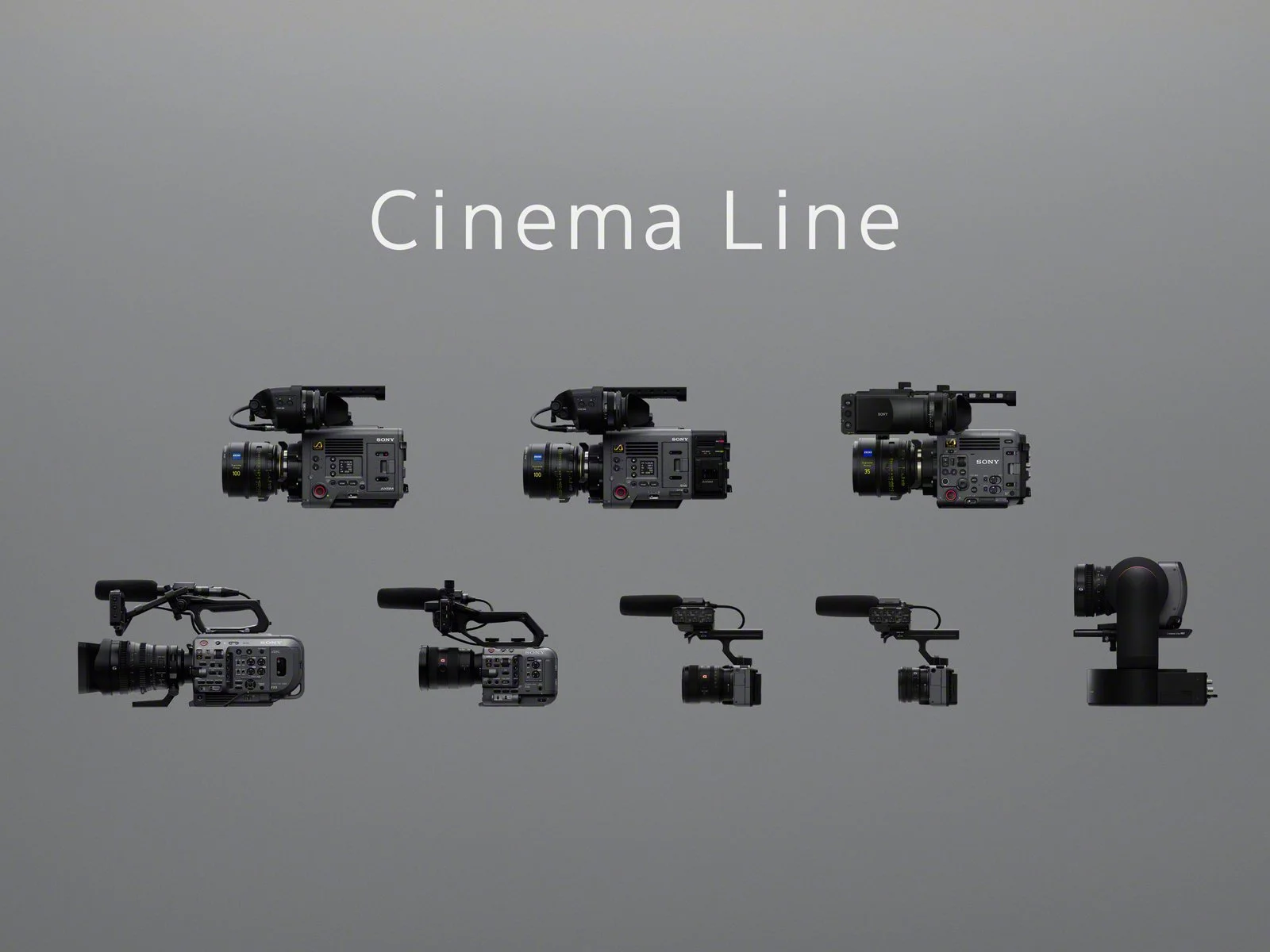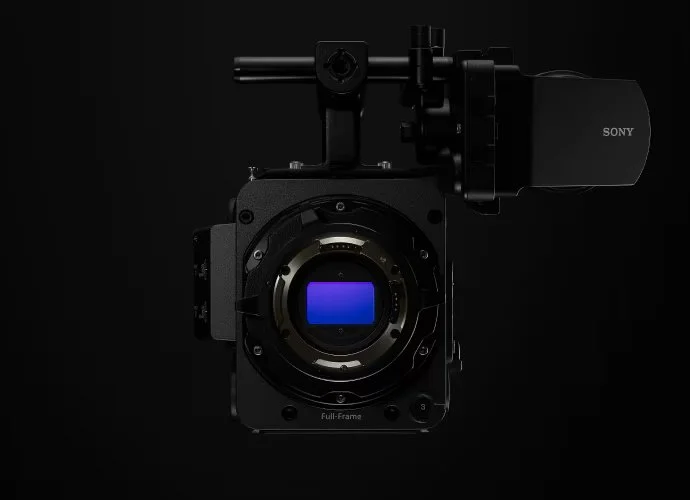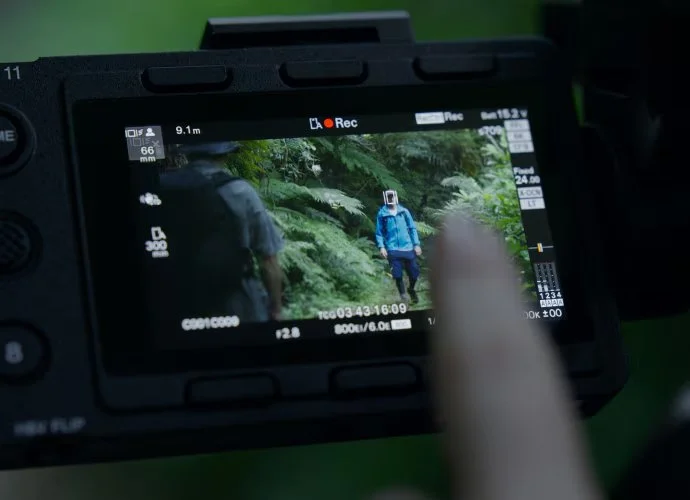Sony Burano vs Sony Venice - The Venice/FX Killer?
Ever since Sony released the Burano in early 2024, this highly anticipated new CineAlta platform has naturally been at the center of intense comparisons with its CineAlta half-siblings: the Venice and the Venice 2, as well as its FX side of family: the FX6 and FX9. Of course, the best camera for your production is one which your production could afford, but how does the Sony Burano stack up against the Sony Venice and the FX6/9 in a practical use scenario?
Encased in a near-cubical, lightweight magnesium alloy body that invokes the design language of the Venices is an 8.6K Full Frame 16:9 CMOS sensor with built-in electronic variable ND filters in classic Sony Cine fashion. FX6 operators will be the first to express their appreciation for a compact design that utilizes every inch of space to cram more functions in, and the Burano is nothing less than a fully packed machine that is ready for anything it is challenged with.
While the FX6 compromised its unibody cubical design by including XLR inputs on the top handle, the Burano follows the philosophy of the Venices and is all-inclusive with all functions built in on the body, which enables a cleaner rig in the field. Built-in V-Mount plate on the rear liberates operators who are familiar with the finicky aftermarket power plate options for the FX6 and FX9, and a variety of power I/O are present in the rear to ensure its compatibility with a wide range of accessories, and enable more possibilities with the final rig.
Weighing in at 6 Lbs naked, the Burano is able to fit just right on the Ronin RS4, or comfortably with a variety of accessories on the Ronin 2; its balanced design also allows for rapid adjustments in a fast-paced production environment.
On paper, the Burano outclasses the FX Cinema Line with resolution and recording formats.
The trusty FX6 with its 4K Full Frame sensor as well as the FX9 with its 6K downsampled 4K Full Frame sensor are outpaced by the Burano with full access to its 8.6K resolution in its industry-leading S-Log3. The only other camera capable of these specs is the Venice 2 with the 8.6K sensor option, at 4 times the cost.
As a CineAlta platform, the Burano is able to record RAW internally utilizing Sony’s proprietary X-OCN format, which is something the Venice 1 requires a RAW recorder for, and the Venice 2 can do internally but with $5,000 AXS memory cards.
While the FX Cinema Line has an upper limit of 4K DCI on XAVC-I with 12-bit color on its CFast Express Type A memory cards, the Sony Burano steps it up by being able to record in 8.6K X-OCN-LT with 16-bit color on a CFast Express Type B memory card. What’s more interesting is that at 4K X-OCN-LT, the Burano outputs 16-bit RAW at the same file size as 4K XAVC-I with 10-bit 4:2:2 color.
The Burano also outcompetes the FX Cinema Line with its low-light capabilities. With 16 Stops of usable dynamic range, the Burano’s dual-base sensitivity at 800 and 3200 are enabled by two sets of circuitry varying in capacity, as opposed to computational de-noise and gain that compromises the signal-to-noise ratio. CineAlta cameras are the closest thing to a time machine, where it can rewind 15 minutes of sunset with the flick of a switch.
Sony has taken in the advice and criticisms from the professional community to best improve this new iteration of the CineAlta platform, and it shows in multiple aspects compared to the FX and CineAlta predecessors.
With a Venice-style rotary dial, menu selections feel solid and precise; the prominent placement is unmistakable with other buttons and dials, and it instills a sense of trust and certainty with every scroll.
With the old LCD screen situated where it belongs - not on a Cinema camera, in its place is a freshly-designed articulating onboard monitor with 6 opposing quick access selection buttons on top and bottom of the screen akin to the AC side LCD on the Venices. Burano operators and assistants alike will rejoice at the ease and intuitiveness of the new design while the Venice is stuck with its clunky viewfinder with a separate LCD screen on the opposite side.
Shipped with a native locking E-Mount covered with a PL Adapter, the Burano is compatible with any E-Mount and PL Mount lenses out-of-the-box.
Being a hybrid between the FX Cinema Line and the CineAlta, Autofocus with E-Mount Sony G Master lenses are fully enabled, and its PL Mount IBIS abilities with its internal Gyro marks the Burano as a first in this category. At a constant power consumption of 55Wh and a peak consumption of 60Wh, a standard 150Wh V-Mount battery can sustain <3hrs of continued operation. The dual-slot memory bay with automatic roll-over allows indefinite continuous recording, a key enabling factor for Documentary, Interview, Sports, or Wildlife shooting. The aforementioned Auto-ND, Autofocus, IBIS, and built-in XLR make it one of the most well-equipped, versatile, and reliable solo shooting partners on the market.
The Sony Burano stands out as a versatile, well-rounded camera that bridges the gap between the high-end Venice series and the more affordable FX Cinema Line. With its impressive 8.6K Full Frame sensor, internal RAW recording, and industry-leading color science and bit depth, it offers premium features at a more accessible price point both to purchase and for rental. The Burano’s compact design, built-in V-mount, and native E-Mount with autofocus make it adaptable for various production environments—from fast-paced on-the-go shoots to more controlled narrative filmmaking. While it doesn't completely replace the Venices in every applications or the FX series in budget-conscious productions, it brings a unique blend of power and practicality that few cameras in this range can match. For filmmakers looking for a "jack-of-all-trades" camera with pro-level capabilities, the Burano proves itself worthy of the CineAlta badge.






